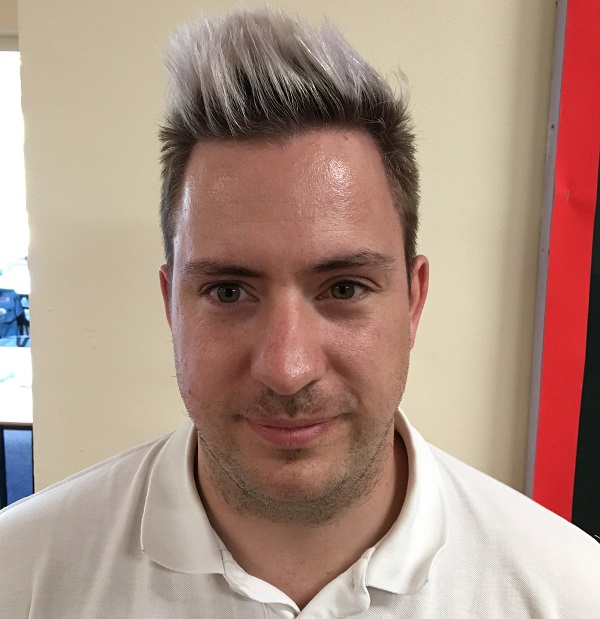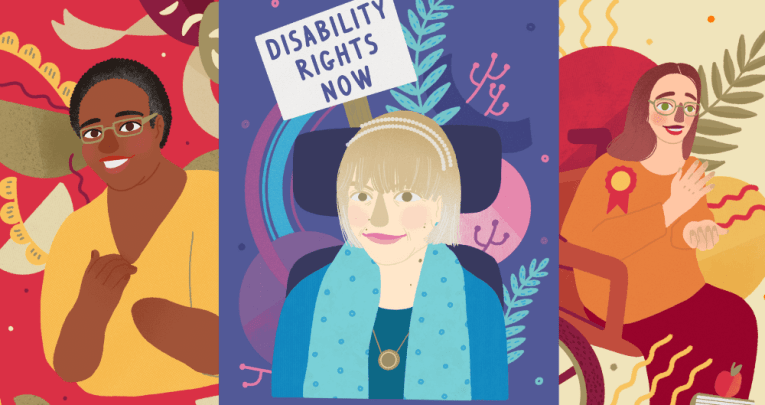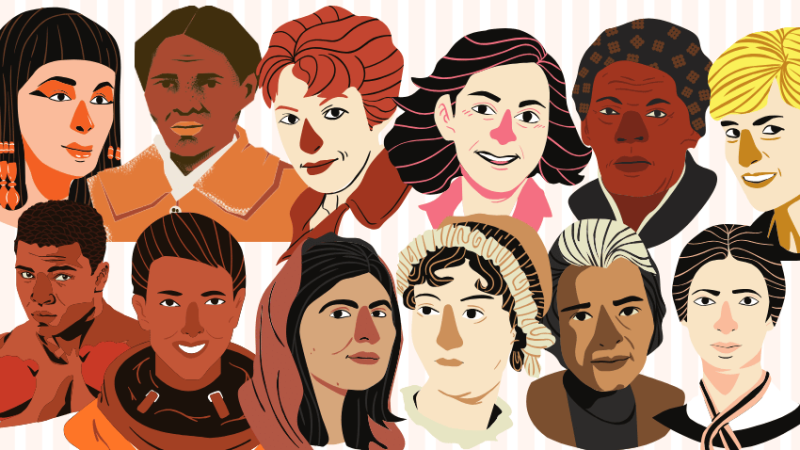Why you should try a skills-based approach to teaching history

It can be easy in history to fall into the trap of simply giving children fact after fact, but a skills-based approach equips children to go way beyond just ‘knowing stuff’, says Stuart Tiffany…

A knowledge-based curriculum presents a number of challenges in terms of what we actually need to teach in lessons. Ensuring children learn the skills needed to understand history are as, or even more, important than knowledge itself, as these allow pupils to engage with every topic effectively and make fundamental links between them.
In my opinion, a skill-based curriculum provides many wonderful opportunities to create learners who can engage with a whole range of topics to a really high standard.
Whenever I plan history lessons, my focus is on teaching or developing a skill or concept. As such, the learning objective reflects that. Knowledge is used to enable and enhance the teaching of the skill, so that children understand what they are learning and how it is being learnt.
So, where to begin with this approach? I always start every unit of history with chronology and timeline-based activities. This forms the foundation of a display and provides a crucial point of reference to give my class a sense of time throughout topics and between them.
As part of this lesson focusing on chronology, children learn various pieces of knowledge through reading, ordering and working out intervals between events to develop a sense of time and place.
One of my favourite tasks to use after this lesson is to give pupils a project to complete at home where they research one of the events mentioned that they found particularly interesting.
Studying an event or person in detail and acquiring lots of knowledge then gives students the opportunity to share that knowledge with others, and also helps them to see the value of independent learning.
Fake news
To get the most from activities in history, we must teach children how to analyse sources of evidence carefully. It can be easy in history lessons to fall into the trap of simply giving children fact after fact, but to really get the most out of education, we have to do so much more than that.
It’s really important to teach children to critically analyse sources, unpick longer sources to extract key information and ask questions to consider the purpose, bias and motivation of the writer.
In our modern climate, it is absolutely fundamental to help children develop their critical thinking skills – fake news is real, ironically! If children see the value of their knowledge and understand how to use it in a way that doesn’t only involve earning a tick in their book, it becomes useful and not just an isolated fact.
One of the best ways to help children acquire knowledge and, more importantly, retain it, is to allow them to pursue areas that interest them. One of the key strengths of the current curriculum is the fact that it allows us the freedom to design a curriculum to suit the needs, wishes and interests of our classes.
Do you need to have a detailed curriculum plan for each and every lesson? I would say no. Instead, we need to promote the idea of child-driven studies as a means of assessing what pupils have learnt and engaging even our most reluctant learners.
Source analysis
Modern technology means that these types of projects are simpler to facilitate than ever before. It’s really simple to use QR codes or hyperlinks to guide younger children to a range of pre-selected, accurate, reliable sources.
As children get older and their skills improve, encourage them to locate their own sources and record them in a bibliography. It’s their task to judge the quality of them and use multiple sources to support and challenge their original findings.
Children can use their source analysis skills to identify information relevant to their enquiry, which can then be prevented in an enormous range of ways to suit the wishes of the writer.
It’s our role, as teachers, to give children the tools to conduct an enquiry, developing it as they write. A natural outcome of this, of course, is the acquisition of knowledge.
Teaching a skills-based curriculum equips children to do more than just ‘know stuff’. It gives them the chance to be educated, not just ‘schooled’.
The skills and concepts taught in history are crucial for helping pupils learn about the world around them and where they came from.
If we can foster a natural sense of curiosity and teach children the skills to find out more independently, surely that’s the sign of a high-quality education.
Stuart Tiffany is a teacher at Westroyd Primary in Leeds and a member of the Historical Association’s primary committee. He delivers training on integrating English into history. Find him on Twitter at @mr_s_tiffany.








